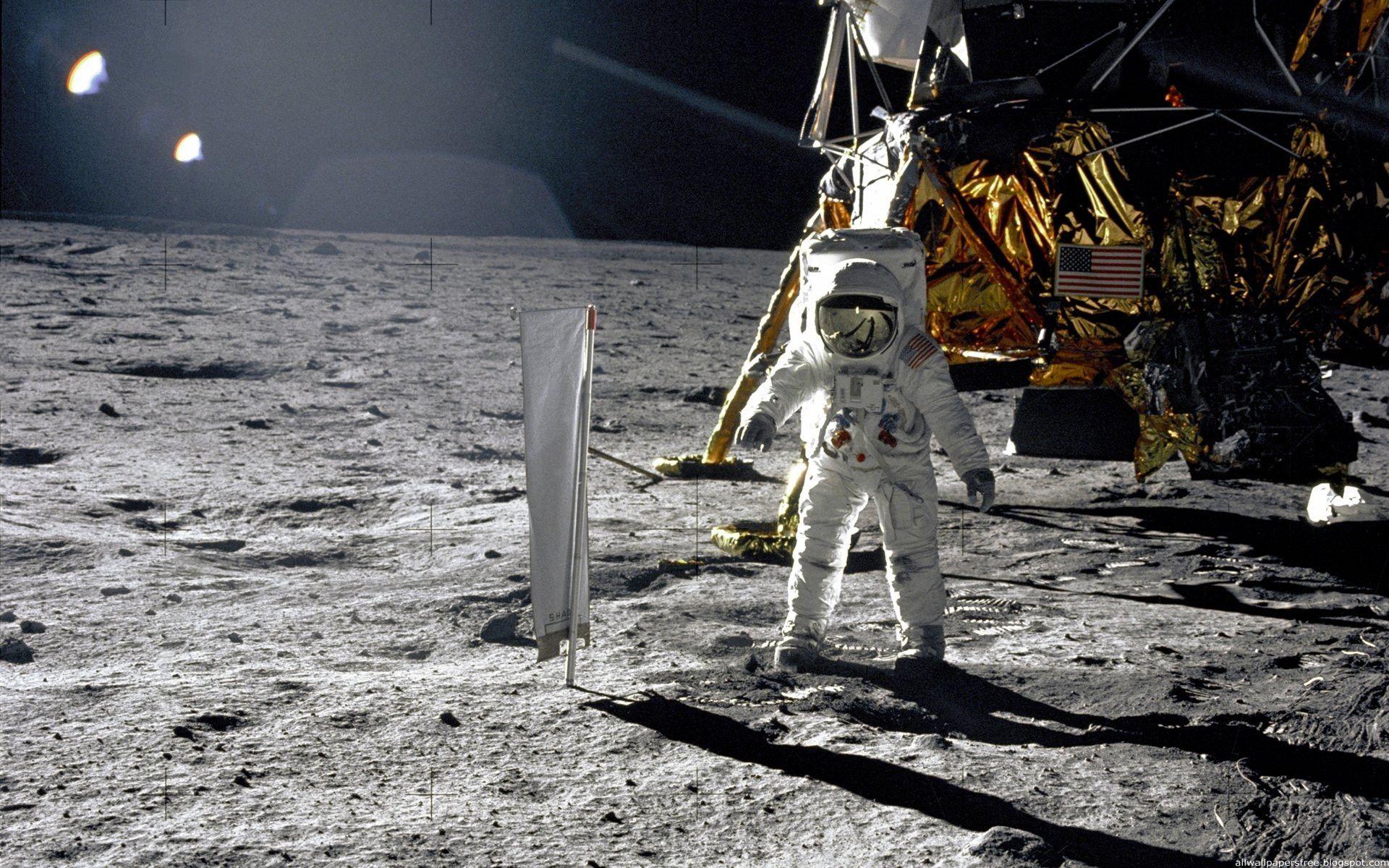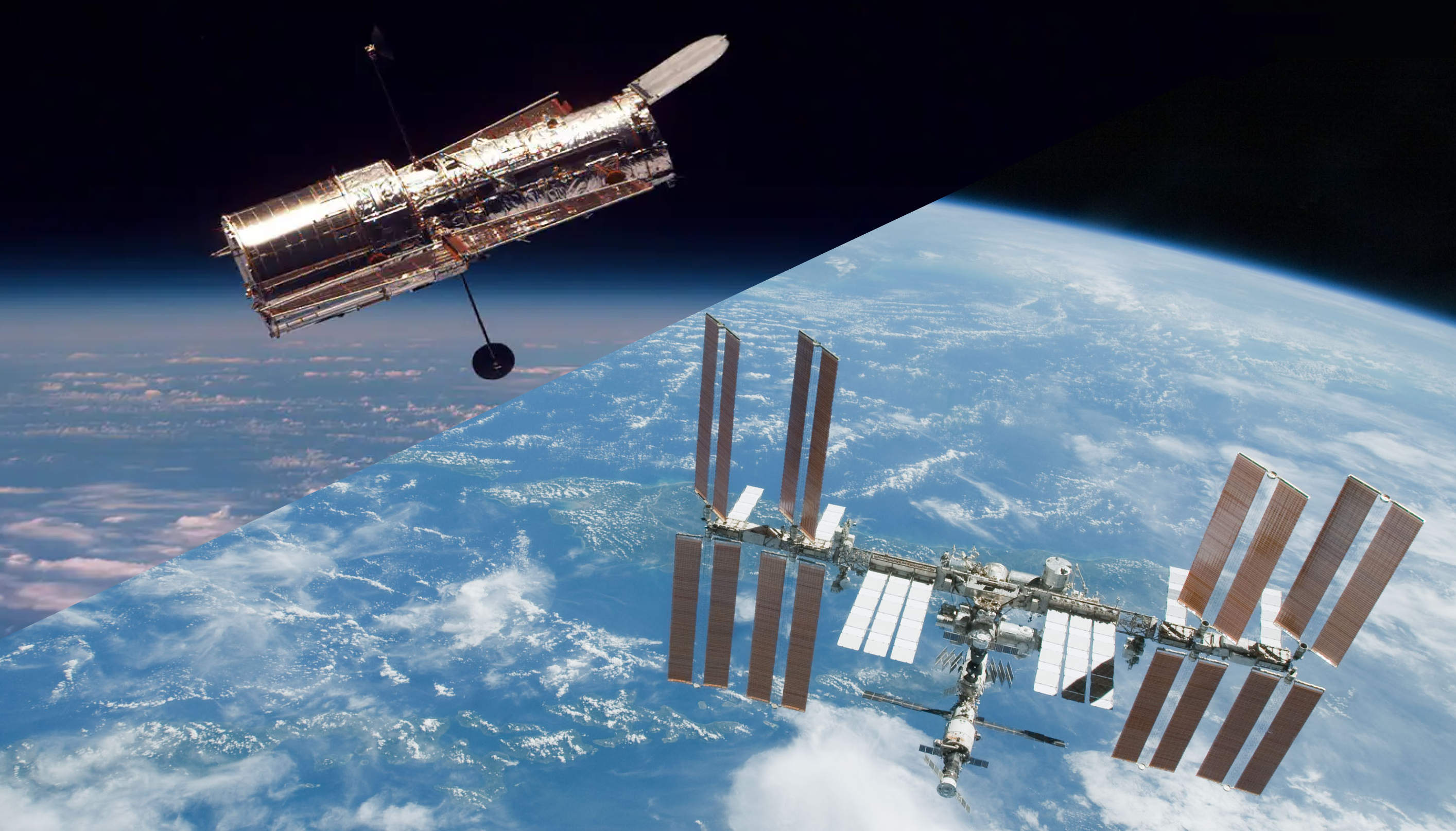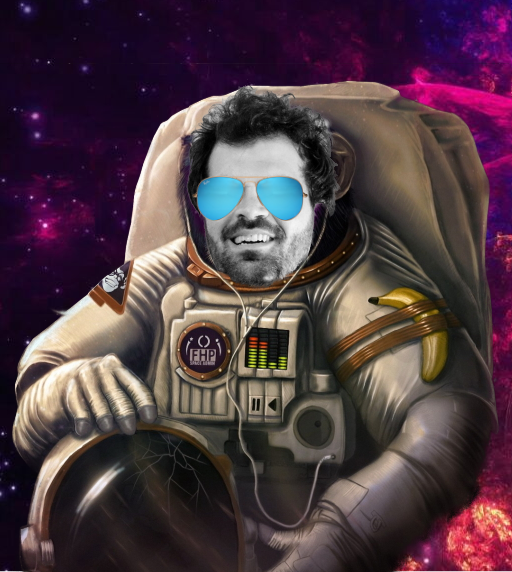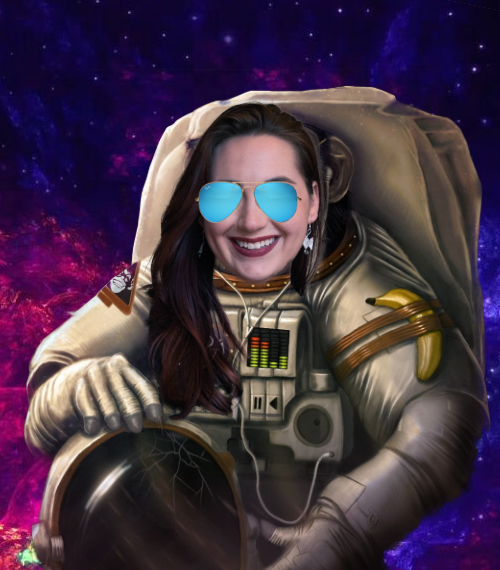THE HISTORY OF
SPACE FLIGHT
BY THE SPACE MONKEYS
Most people know about the Space Race
It started on October 4, 1957 with the Soviet launch of Sputnik...
Space Race
(1957-1975)
The United States and the Soviet Union fought for space domination.
This led to the race to the Moon, propelled by the Saturn V, the largest rocket ever built.
The Space Race culminated in 1975, with the docking of the Russian Soyuz and American Apollo vehicles in Low-Earth Orbit.
Video Source: videvo.net

"We choose to go to the moon. We choose to go to the moon in this decade and do the other things, not because they are easy, but because they are hard, because that goal will serve to organize and measure the best of our energies and skills, because that challenge is one that we are willing to accept, one we are unwilling to postpone, and one which we intend to win, and the others, too."
- John F. Kennedy
What happened after the Space Race?
Once tensions eased and the Cold War subsided, countries continued to explore and expand their presence in space.
WHAT DOES THE SPACE INDUSTRY LOOK LIKE
NOW?
The end of the Space Race encouraged other nations to develop their own satellite and launch capabilities, and since then the industry has ballooned. Looking at the data, we believe there are, in fact, three ages that define the space industry:
Space Race Age
Exploration Age
&
Commercialization Age
Age of Exploration
(1976-2011)
The diversification of activities in space led to the Age of Exploration, propelled by the Space Shuttle which began launching in 1981.
The Space Shuttle had the capacity to send up to 60,000 lbs of cargo to Low-Earth Orbit, which is equivalent to about 3 school buses.
The Shuttle famously put the Hubble Space Telescope in orbit in 1990, and enabled the construction of the International Space Station with its first module launching in 1998.
The Shuttle would launch from the Kennedy Space Center in Cape Canaveral, Florida.
Video Source: videvo.net
WHICH COUNTRIES
LAUNCH ROCKETS?
The Evolution of the Space Industry
3 Distinct Eras. The Space Race. The Exploration Age. The Commercialization Age.

The Exploration Age oversaw the launch of the Hubble Space Telescope (left), which was instrumental in determining the age of the universe, how planets form, and that nearly all galaxies have supermassive black holes at their center. The construction of the International Space Station (below) began in 1998 and took over 30 launches to assemble. Additionally, during this age, we launched the first satellites to explore Mercury, Venus, Jupiter, Neptune, Saturn, Pluto, multiple asteroids and comets, and even beyond our solar system. Voyager 1 launched in 1977 but took over 36 years to leave the solar system."
Commercial Space Age
(2012-Present)
In 2011, SpaceX became the first private company to launch a rocket, the Falcon 9.
Since then, other nations and companies, like Blue Origin and Virgin Galactic, have joined the space industry and plan to expand it to include space tourism.
Their goal: get a share of the growing space economy which is projected to hit the $1.1 trillion mark by 2040, according to Morgan Stanley.
Video Source: images.nasa.gov
These three ages have lead to the development of 416 rockets.
Only some of which lasted the test of time.
HOW LONG HAVE THESE
ROCKETS FLOWN?

Delta II
1989 to 2018
(Right) After the Challenger disaster in 1986, NASA began contracting private companies to launch their payloads. The Delta II (158 launches) served as the US workhorse for nearly 3 decades, providing commercial and government payloads a ride to space.
Cosmos
1961 to 2010
(Left) The Cosmos (or Kosmos) rocket family are a series of Soviet and then Russian rockets that have racked up 629 Launches. The Cosmos span most of the 60 year history of launch vehicles.
Satellites in Orbit
The first official satellite in space marked the beginning of the Space Race: Sputnik (1957).
Since then, the Delta II, Cosmos, and 100s of other launch vehicles have contributed to the nearly 3000 satellites in orbit today.
Although the USA and USSR set the stage back in Space Race, the current ecosystem is contributed to by over a six dozen countries.
Video Source: videvo.net
WHAT PAYLOADS HAVE
ORBITED OUR PLANET?
What will be the next
"Giant Leap"?
Thus far, we've presented the idea that the history of the space flight industry includes not just one defining age, but currently three: the Space Race Age, the Exploration Age, and the Commercialization Age.
The Commercialization Age, however, is only just beginning, and it's off to a booming start. Just how far will it take us?
Video Source: videvo.net
The Space Monkeys

Juan C. Lopez
MS/MBA Candidates at SEAS/Harvard Business School

Mike Mancinelli
MS/MBA Candidates at SEAS/Harvard Business School
